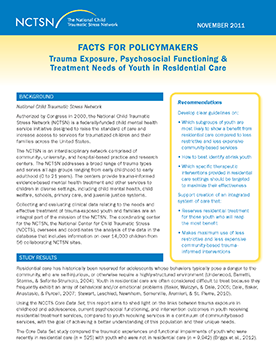
Core Data Set Policy Brief: Trauma Exposure, Psychosocial Functioning and Treatment Needs of...
Describes child and adolescent trauma exposure and psychosocial functioning among NCTSN care recipients in residential care.
In any given year, approximately one million children come to the attention of the US child welfare system. Many are victims of abuse or neglect, live with caregivers who are impaired, and/or deal with school and community violence as a fact of life. Identification and early intervention are crucial to helping children traumatized by maltreatment and other stresses. The National Child Traumatic Stress Network has developed tools and materials for building skills and increasing knowledge about childhood trauma to help child welfare administrators, caseworkers, frontline staff, mental health personnel, and caregivers understand and respond to the needs of traumatized children. In addition to the NCTSN resources highlighted below, Child Welfare Professionals can learn more about creating trauma-informed Child Welfare Systems in the Trauma-Informed Care section of this website.

Describes child and adolescent trauma exposure and psychosocial functioning among NCTSN care recipients in residential care.
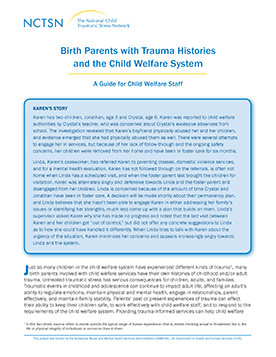
Highlights the importance of understanding the serious consequences that trauma histories can have for birth parents and the subsequent potential impact on their parenting. This fact sheet is for child welfare workers.
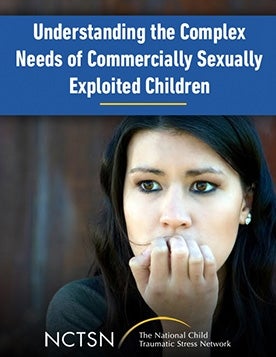
Provides an overview of current issues, challenges, and emerging practices facing child welfare jurisdictions as it relates to children who have experienced commercial sexual exploitation.
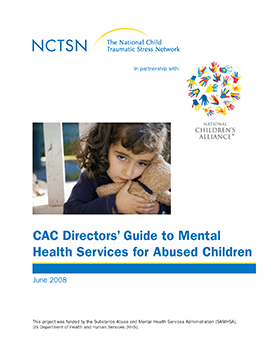
Helps Children's Advocacy Center (CAC) directors evaluate options for offering mental health services, and assessing and/or comparing the quality of services available in the community.

Presents the results of a survey conducted among child welfare agencies in a number of states.
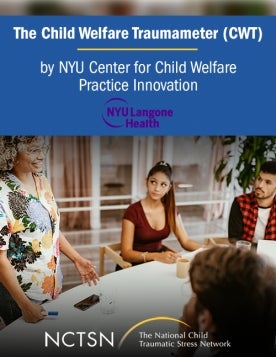
Is a collection of organizational assessment tools and processes, developed by the NYU Center for Child Welfare Practice Innovation, that supported the evaluation and implementation of trauma-informed practices within public and private agencies that provides child welfare services (e.g., child p
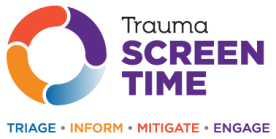
Provides staff in child-serving systems with best practices for trauma screening.

Is a self-rating tool that walks users through each of the competencies in STS cross-disciplinary version.
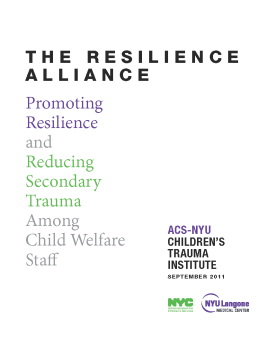
Is designed to mitigate secondary trauma symptoms experienced by child welfare staff, and secondary trauma’s impact on unit and agency functioning.

Assists mental health agencies with navigating and understanding The California Evidence-Based Clearinghouse for Child Welfare (CEBC) website.
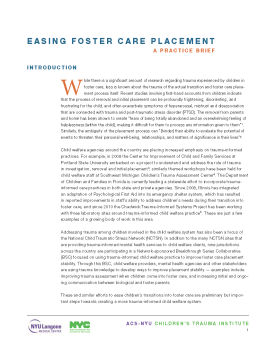
Focuses on addressing secondary traumatic stress experienced by child welfare staff, easing children’s transitions into foster care, and working with parents who have been impacted by trauma.
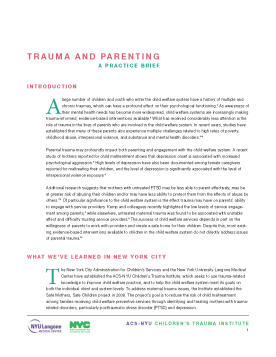
Focuses on addressing secondary traumatic stress experienced by child welfare staff, easing children’s transitions into foster care, and working with parents who have been impacted by trauma.